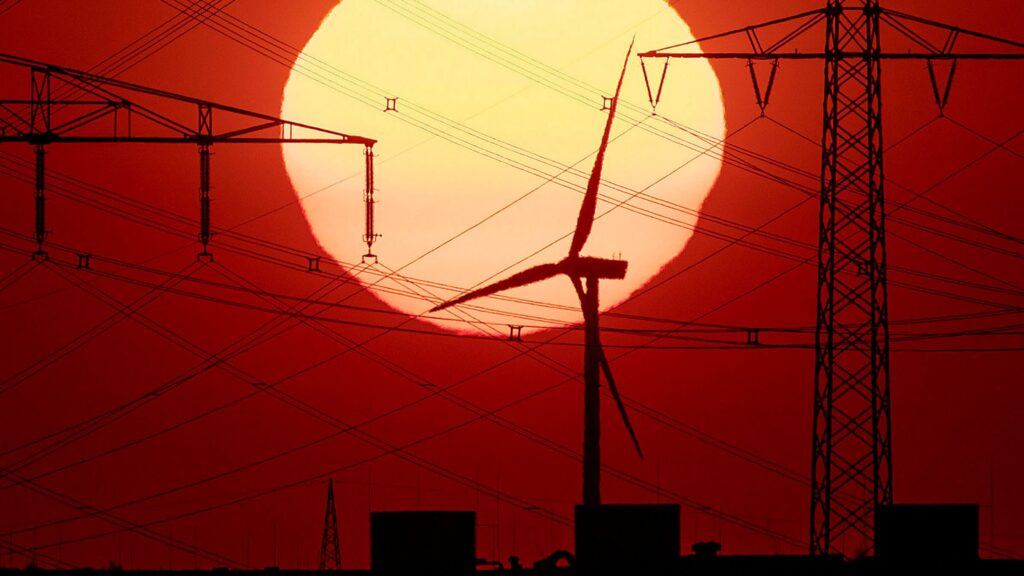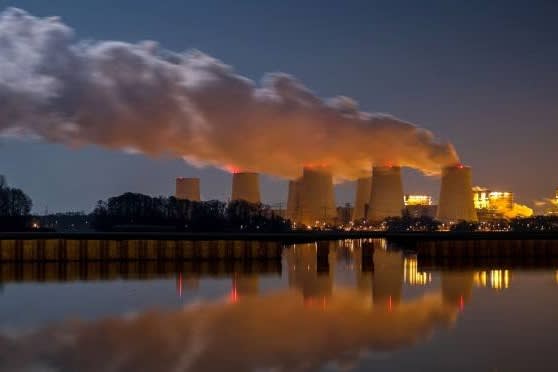Siemens Gamesa claims first recyclable wind turbine blade

Renewable energy updates
Sign up to myFT Daily Digest to be the first to know about Renewable energy news.
Siemens Gamesa says it has developed the first offshore wind turbine blades that can be fully recycled, potentially saving hundreds of thousands of the bulky objects from landfill and resolving an issue long highlighted by the industry’s critics.
Blades, which can be longer than a football pitch and are made of a mixture of materials including balsa wood, glass and carbon fibre, are difficult and costly to reuse.
Sceptics of renewable energy have used images of blades piled in landfill sites to question the green credentials of wind power, which produces no emissions but requires materials such as steel and copper whose production remains carbon-intensive.
About 85 per cent of a turbine, including the steel towers, can already be recycled but the blades have proved more challenging. The materials are bound with a resin that ensures they are stiff enough to withstand typhoon conditions but makes it difficult to separate the components.
Although some blades have been used in imaginative ways such as in children’s playgrounds, Siemens Gamesa said the majority go to landfill when a project reaches the end of its life, typically after 25 years.
As many early projects now reach the end of their lives or are “re-powered” with new, more powerful turbines, about 6,650 blades will be removed each year in Europe until 2025, according to BloombergNEF. About 1,400 blades will be removed annually in the US over the same period.
Siemens Gamesa has produced its first six recyclable blades at a factory in Aalborg in Denmark using a different resin whose chemical structure ensures it can be more easily separated from the other components when heated in a mild acidic solution. The world’s biggest maker of offshore wind turbines is also evaluating the technology for use in onshore projects.
Marc Becker, the company’s global offshore chief executive, told the Financial Times that although the separated materials would not be suitable for new turbine blades as they would no longer withstand typhoon conditions, they could be used “in boats or a lot of other applications where you don’t need this ultra strength any more”.
Becker declined to detail how much the recyclable blades would cost compared with the standard technology but insisted they were not “prohibitively expensive” and that prices would decline as greater volumes were produced.
“It’s not something we [will] do in 2030 or 50, we can do it from now,” he added.
The company has pledged to develop fully recyclable wind turbines by 2040 as many European countries introduce tighter restrictions on what materials can be sent to landfill.
Gregorio Acero, head of health, safety and environment at Siemens Gamesa, said with the new blades, only 5-7 per cent of a wind turbine could not be recycled at present, including hydraulic fluids.
Siemens Gamesa estimates that the recyclable blades, if taken up by offshore wind developers, could save as many as 200,000 from ending up in landfill sites as large volumes of wind capacity are expected to be deployed globally to cut emissions by 2050.
Climate Capital

Where climate change meets business, markets and politics. Explore the FT’s coverage here.
Are you curious about the FT’s environmental sustainability commitments? Find out more about our science-based targets here